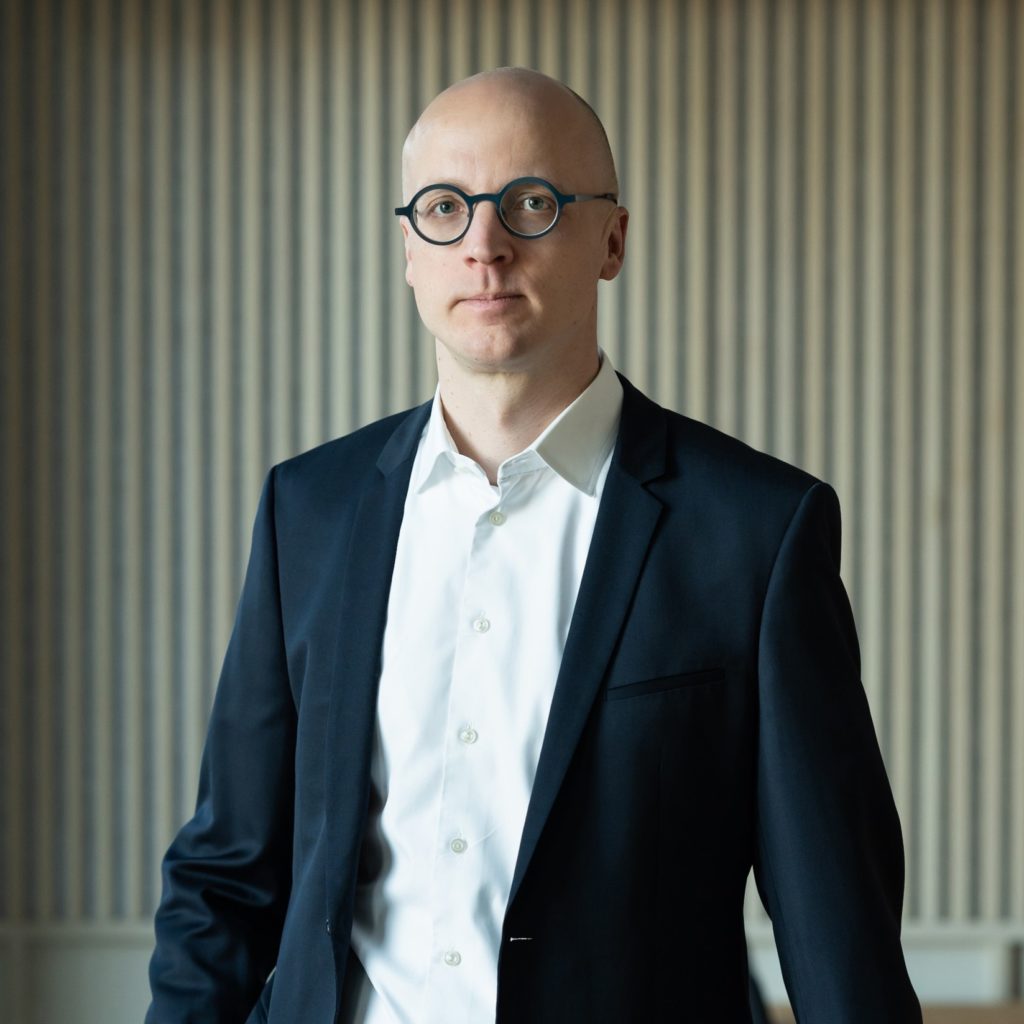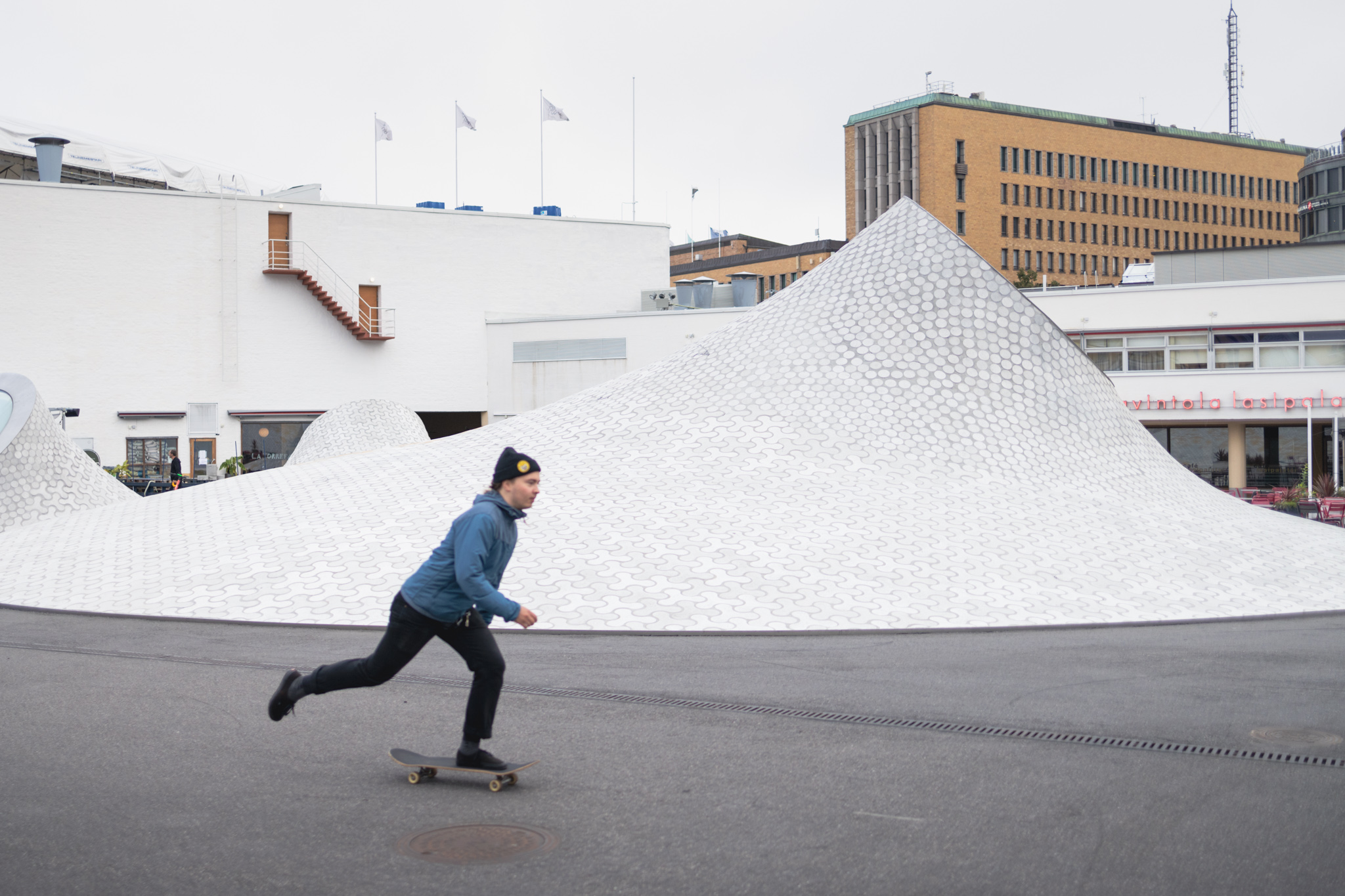
Architects who started a software company
From architecture to the startup world – co-founders and the CEO and COO of CHAOS, Natalia Rincón and Paloma Bautista, share a special background and ambition to create liveable cities. But how did it all start and how has the ride been so far?






